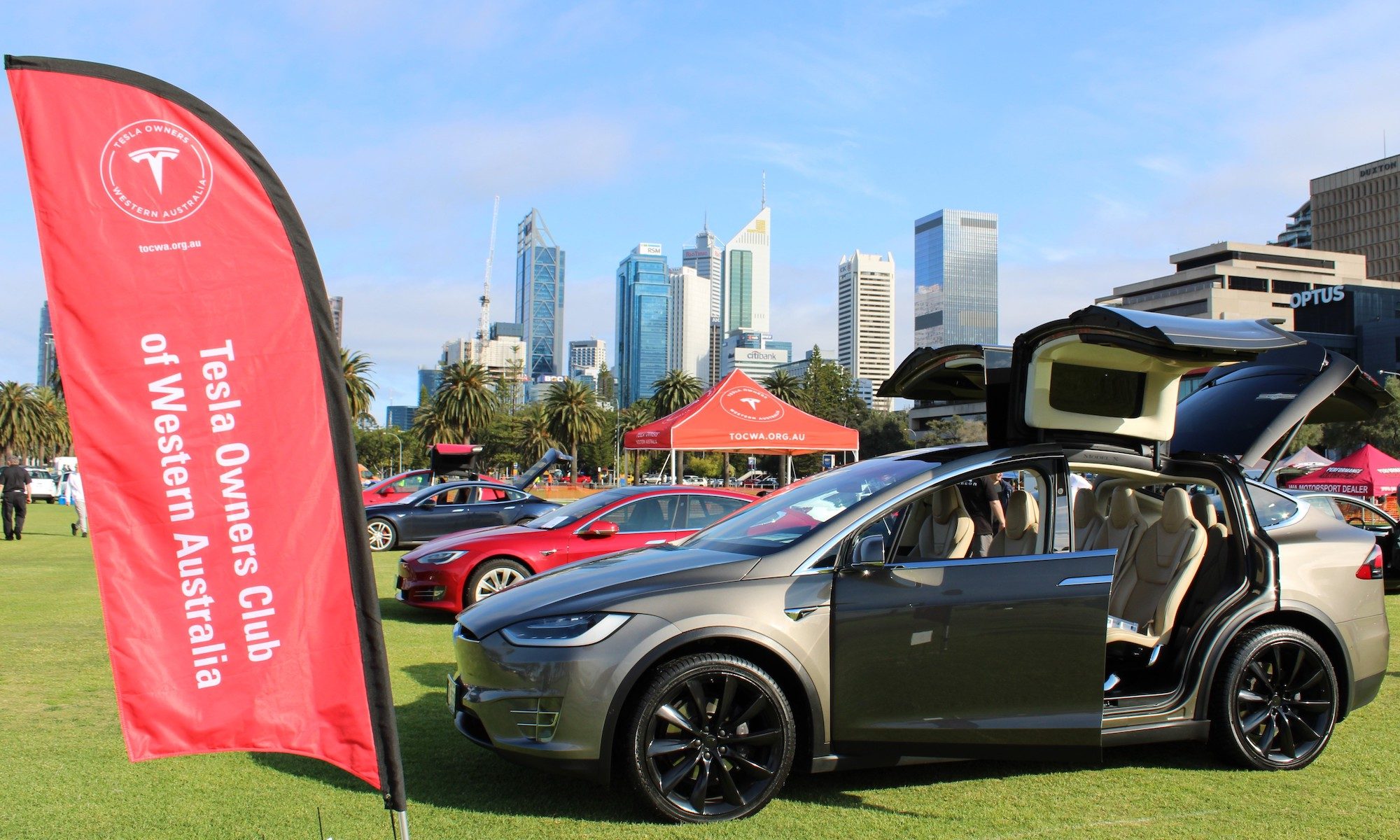When most people refer to electric vehicle charging they discuss the DC variant, and without doubt DC only charging is useful in three EV charging scenarios.
- DC charging of at least 100kw power output is critical on highways between Australian towns and cities, the vast majority of non EV owners firmly believe fast charging times that are closer to petrol refill times are essential if they’re going to purchase an EV, these future new owners will soon realise that a 15 minute stop every 250kms is nowhere near the issue they expected.
- There’s a small percentage of car owners that live in multi story buildings with no electricity outlet near their allocated parking spot, when these residents purchase an EV they’ll rely on public charging, for many DC charging will be the preferred choice.
- The third EV charging scenario is the Taxi industry, to make the day to day operation as smooth as possible they’ll need the easy access to reliable DC charging.
So why is AC charging still so vital?
Despite what the EV naysayers would like to portray, the vast majority of Australian car owners have the ability to charge an EV at home or work. It doesn’t need to be 3 phase power, 10, 15 or even 32amp single phase is more than sufficient to replace the average days driving.
Compared to DC charging an AC charging set up is extremely cheap and fast to install. Public DC chargers are currently very expensive to install, sometimes expensive to maintain and often attract a lot of red tape that drags the build time out for months on end. At the moment there’s a very low number of electric vehicles on the road compared to the rest of the vehicle fleet so having EVs charging at their local DC charger is handy advertising, as the transition to plug in electric drivetrains rapidly increase this may very well cause issues if the DC charging infrastructure in built up areas can’t keep up with demand.
Those EV drivers mentioned earlier in the scenarios above will heavily rely on local DC charging, so getting as many owners as possible with the ability to charge at home or work from AC charging is vital to making the nationwide EV transition as smooth as possible.

